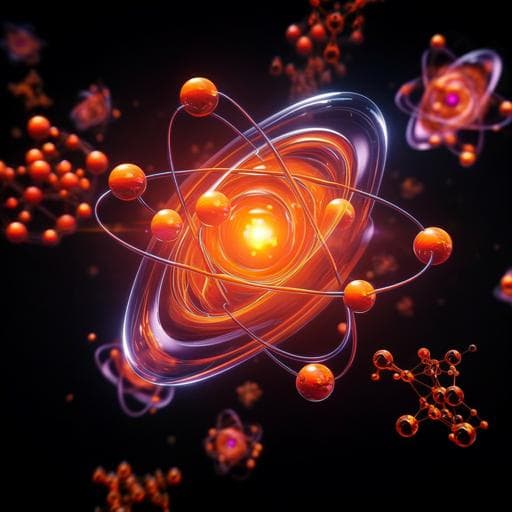
Engineering and Technology
Bridging microscopy with molecular dynamics and quantum simulations: an atomAI based pipeline
A. Ghosh, M. Ziatdinov, et al.
Discover a groundbreaking machine learning workflow that seamlessly integrates (S)TEM data with advanced simulations to push the boundaries of materials science. Developed by Ayana Ghosh, Maxim Ziatdinov, Ondrej Dyck, Bobby G. Sumpter, and Sergei V. Kalinin, this innovative approach tackles timescale challenges and observational biases in material systems, showcasing its application on graphene with Cr ad-atom adsorption!
~3 min • Beginner • English
Related Publications
Explore these studies to deepen your understanding of the subject.







